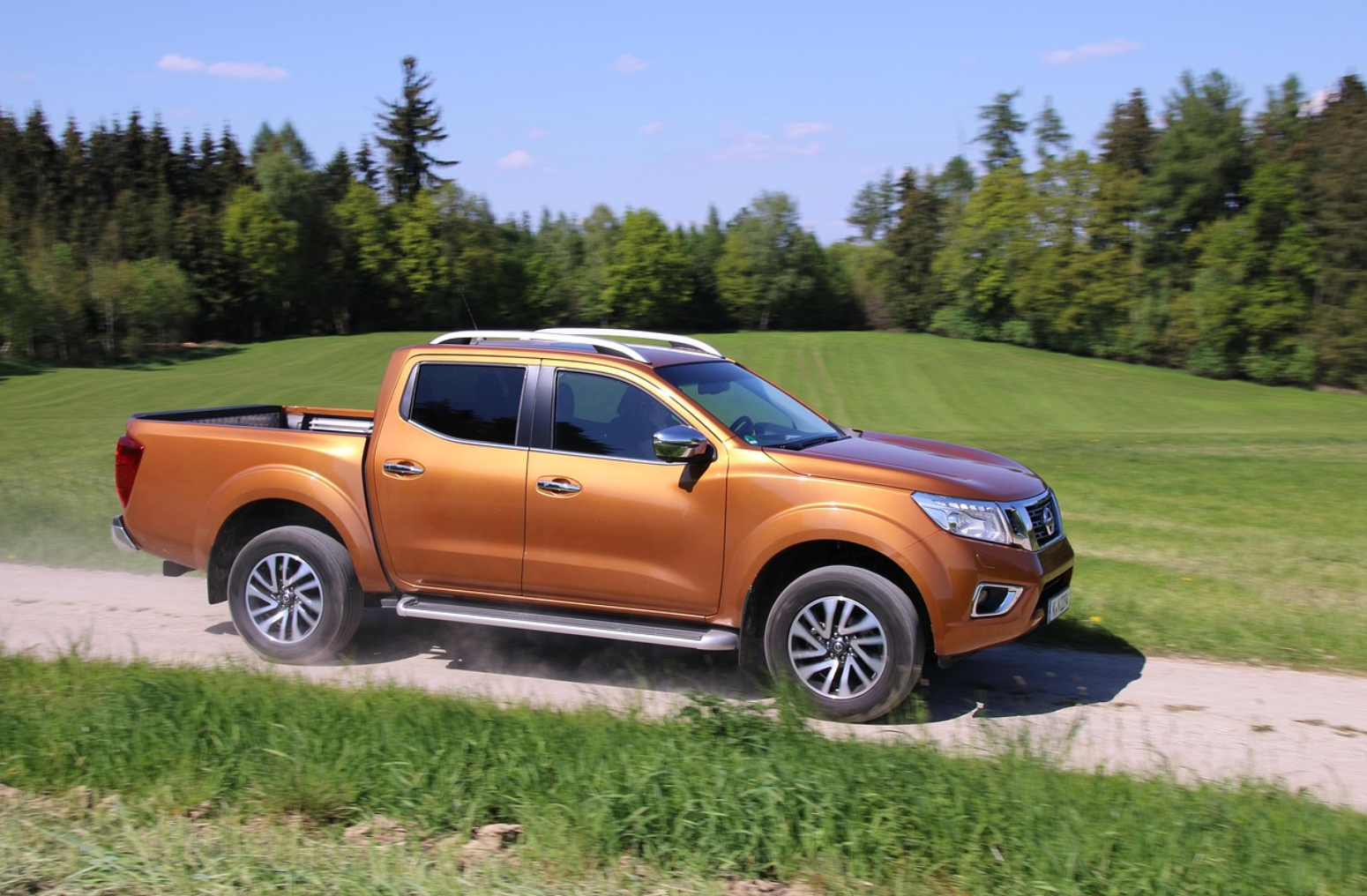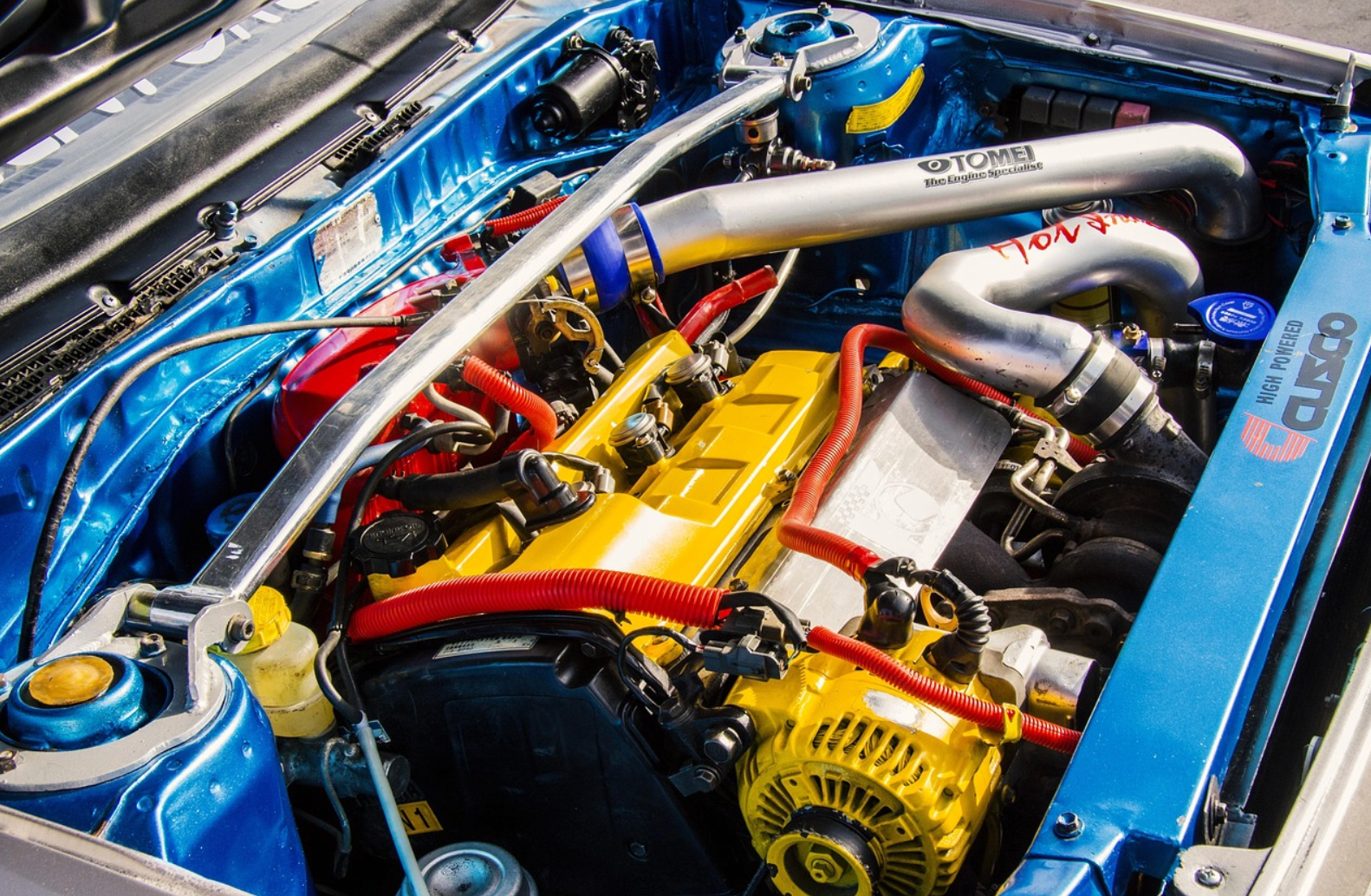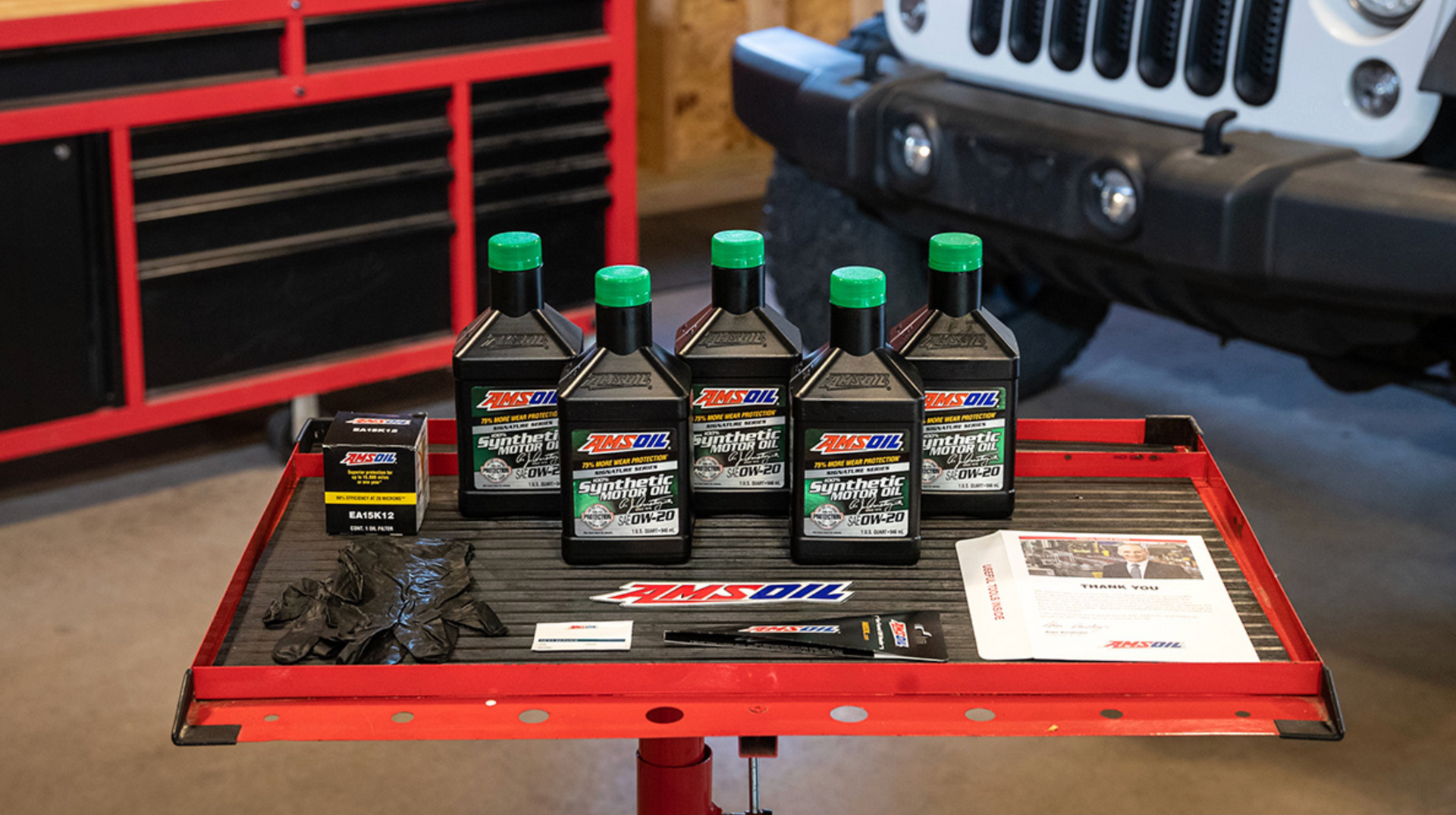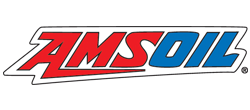5W-30 vs 10W-30 Motor Oil: Key Differences and When to Use Each
When it comes to motor oil, the numbers on the bottle can be confusing. Many vehicle owners wonder about 5W-30 vs 10W-30 – what’s the difference, and does it matter for your car or truck? In this post, we’ll break down the differences in simple terms and give practical recommendations. We’ll focus on factors like viscosity, climate suitability, vehicle type, and mileage, so you know exactly when to use each type. No complicated jargon – just clear info to help you make the right choice.
Understanding Oil Viscosity Grades (What Do 5W-30 and 10W-30 Mean?)
Let’s start with the basics. The codes “5W-30” and “10W-30” are viscosity grades defined by the Society of Automotive Engineers (SAE). Viscosity is just a fancy word for how thick or thin an oil is and how easily it flows. Think of syrup: when it’s cold, syrup is thick and slow to pour; when it’s warm, it flows much faster. Motor oil behaves in a similar way – it thickens in cold temperatures and thins out when hot.
The two numbers in an oil grade tell you how the oil performs in cold vs hot conditions:
- The first number (before the “W”) – e.g. 5 in 5W-30 or 10 in 10W-30 – indicates the oil’s viscosity in cold temperatures. The “W” stands for winter, so this number is all about cold-start flow. A lower number here means a thinner oil at cold temps, which flows faster on startup. For example, 5W-30 will circulate more quickly in the cold than 10W-30.. In practical terms, 5W-30 is better for cold climates or any cold start because it’s less thick when your engine is first started.. A 10W-30 oil is a bit thicker when cold, so it flows a little slower at startup in winter conditions.
- The second number (after the W) – 30 in both 5W-30 and 10W-30 – represents the oil’s viscosity at normal operating temperature (around 212°F or 100°C). At that hot temperature, both of these oils behave like a “30-weight” oil. This means when the engine is fully warmed up, 5W-30 and 10W-30 have essentially the same thickness. They are designed to provide a stable protective film at high heat. In other words, the “30” means both oils are equally thick when the engine is hot. (Higher second numbers, like 40 or 50, would mean a thicker oil at operating temp, but here both are 30.)
Climate and Weather: How Temperature Affects Your Oil Choice
Climate is one of the biggest factors in deciding between 5W-30 and 10W-30. Remember, the difference is mainly at cold temperatures. Here’s how to think about it:
- Cold Weather (Winter) – If you live in an area that gets cold (near or below freezing), 5W-30 is usually the better choice. Its lower cold viscosity means it stays more fluid and will flow faster in frigid temperatures. This helps your car start easier and protects the engine during those critical cold starts. In sub-zero conditions, oil naturally thickens up, but a 5W-30 (especially a synthetic one) will remain much more fluid than a 10W-30 conventional oil. So for winter driving, 5W-30 motor oil is generally recommended to ensure the oil isn’t too thick to pump.
Tip: Even if you don’t live in a snowy climate, remember that “cold” is relative – your engine is cold every morning when you start it, even if it’s 70°F outside. Using a 5W grade can benefit start-up protection in any climate by flowing faster until the engine warms up.
- Hot Weather (Summer) – If you live in a warm or hot climate where temperatures rarely dip close to freezing, 10W-30 can be used without cold-start concerns. In the past, people sometimes chose a 10W-30 for summer use. Since both 5W-30 and
10W-30 are “30” weight when hot, they both protect equally well at normal operating temperatures. However, 10W-30 might have a slight edge in extremely high heat or heavy load situations because it doesn’t rely on as many viscosity improvers (additives that can thin out) – in other words, it’s already a bit thicker to start with. According to AutoZone, 10W-30 is often considered best for warm or hot climates and for engines under heavy load, providing robust protection at high temperatures. That said, a good synthetic 5W-30 is also perfectly capable in hot weather. In fact, modern synthetic 5W-30 oils are engineered to handle heat and resist thinning, so they won’t break down even during summer driving or long highway trips.
- Moderate Climates – If you experience a bit of both (cool winters and hot summers), 5W-30 is a versatile, all-season oil. It’s designed for cold to hot climates and is used in many vehicles year-round because it flows when cold but still protects when hot. There’s usually no need to switch oils seasonally if you use a good multi-grade like 5W-30. It covers a broad temperature range. (Years ago, people would use a thinner oil in winter and a thicker oil in summer, but multi-grade oils like 5W-30 have largely eliminated that need.)
Bottom line on climate: Use 5W-30 in cold weather for better start-up lubrication, and feel free to use 10W-30 in consistently warm weather if your vehicle allows it. If you’re ever unsure or live in a climate with big temperature swings, 5W-30 is generally a safe bet because it handles cold starts well while still performing in heat.
Which Oil Should You Use? (Practical Scenarios and Recommendations)
By now, we know that 5W-30 flows better in the cold and 10W-30 is fine in warmth (with both being equally protective when hot). But what does that mean for your vehicle and situation? Here are some common scenarios with friendly advice for each, along with a suggested AMSOIL synthetic oil that fits the bill.
If you live in a cold region or face harsh winters (think frosty mornings, snow, and below-freezing temps), 5W-30 is your best friend. It will make cold starts easier and ensure the oil pumps quickly to all the engine parts. Look for a robust synthetic that pours at low temps. Recommendation: AMSOIL Signature Series 5W-30 is an excellent choice for cold weather. It’s a premium full synthetic that remains fluid in the cold and exceeds standard requirements for cold-flow protection.
If you’re in a place where it’s hot year-round or you’re currently in the heat of summer, the cold flow advantage of 5W-30 is less critical. In warm temperatures, 10W-30 will work perfectly well (as long as your vehicle spec allows it). In fact, if your engine tends to run hot or you do a lot of highway miles in the heat, you can confidently use a 10W-30. Recommendation: AMSOIL Signature Series 10W-30 is a great fit for warm climates or any vehicle that calls for 10W-30. It’s the same top-tier synthetic formula as the 5W-30 Signature, just in the 10W-30 grade. This oil will give you outstanding high-temperature protection and stability. Even in scorching summer weather or prolonged high-speed driving, it resists breaking down.
Final Tips for Choosing Between 5W-30 and 10W-30
Check your owner’s manual first. This will tell you what viscosity grades are acceptable for your vehicle and climate. Always stay within those guidelines. If it specifies 5W-30 only, use 5W-30. If it gives a range (say, 5W-30 for below 0°F and 10W-30 for above 0°F), then you can choose based on the season.
When in doubt, 5W-30 is a safe all-season choice. Since 5W-30 flows better on cold start and still protects when hot, it’s a very versatile oil for most cars and trucks. There are very few situations where 5W-30 would be “bad” to use in place of 10W-30, especially if we’re talking about high-quality synthetic oils. In fact, many experts agree that if you never see extremely cold temperatures, either 5W-30 or 10W-30 will perform similarly – the key is just changing your oil regularly and using a quality product.
Still need more info? Check out our AMSOil dealers to find the best fit for your vehicle. We can help you decide the best fit between 5W-30 vs 10W-30.
















Share On: